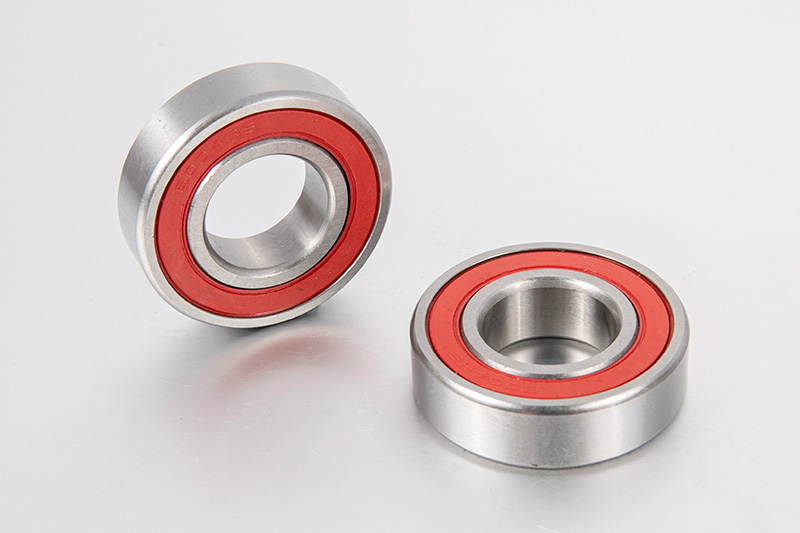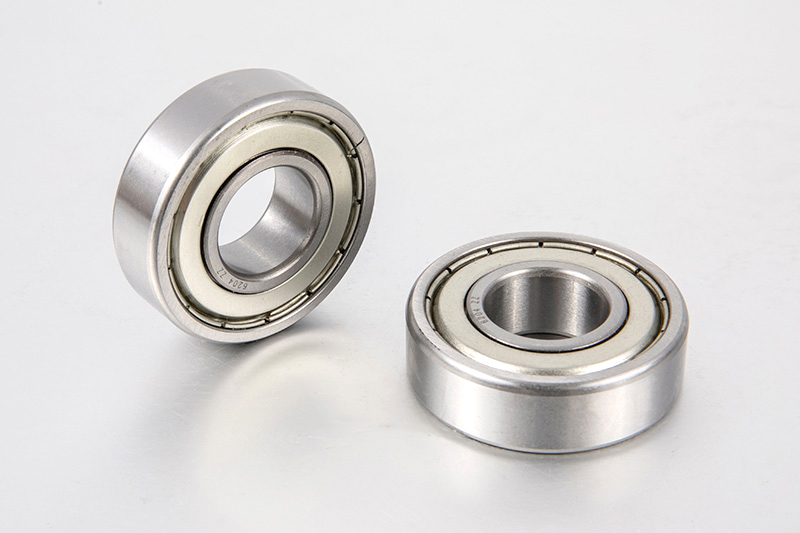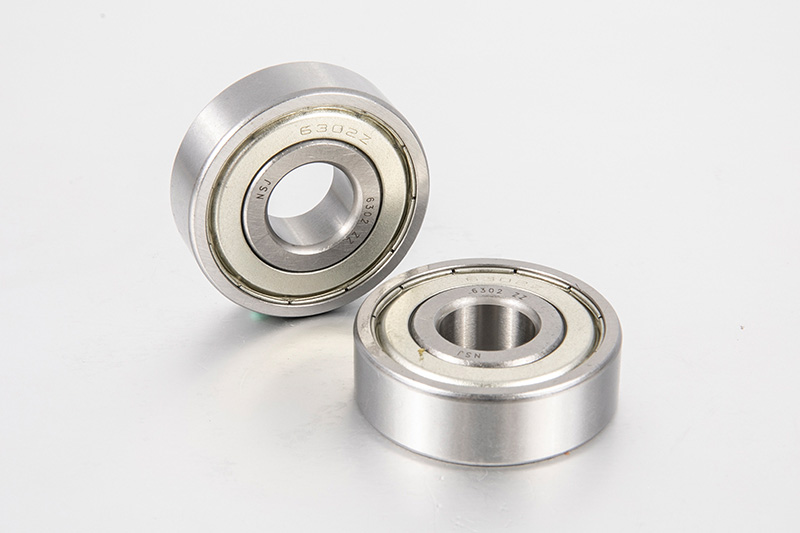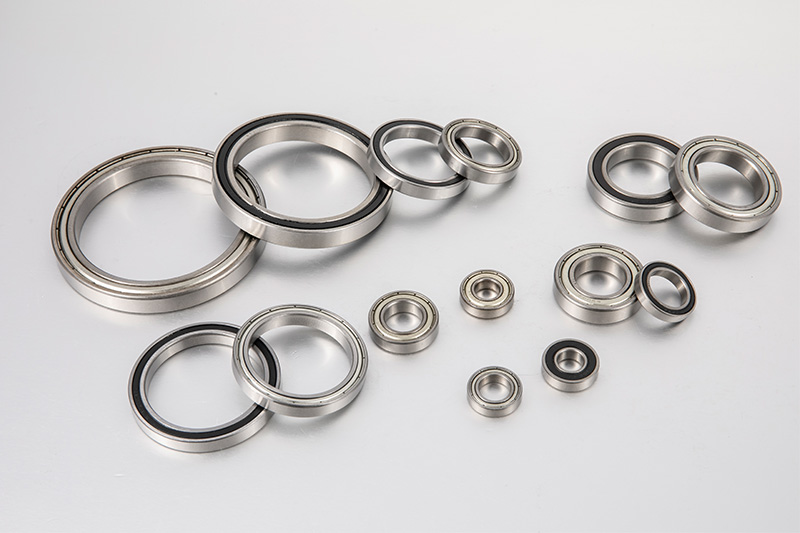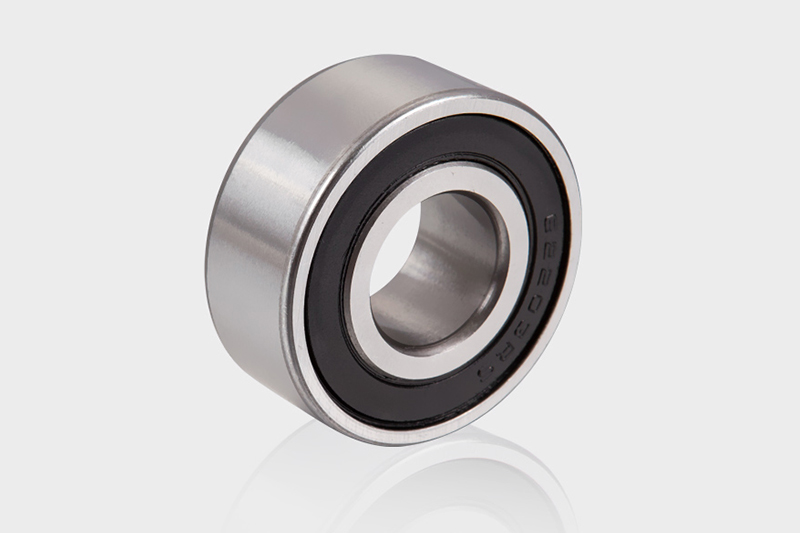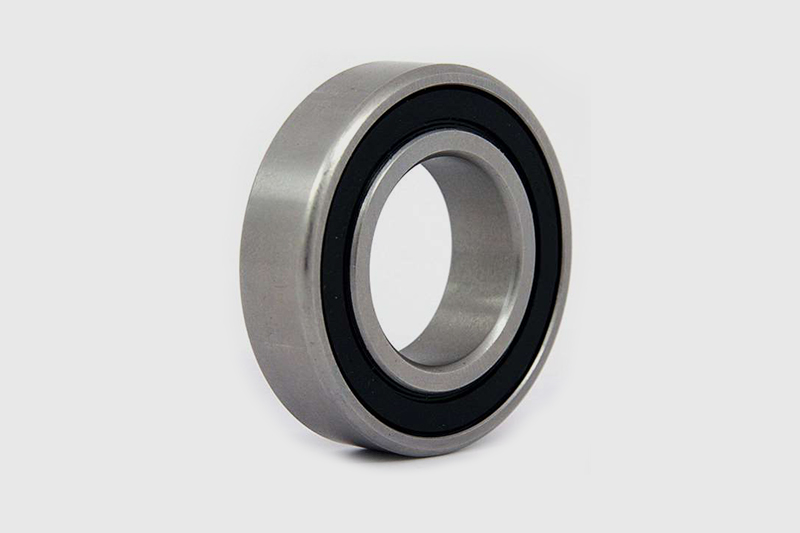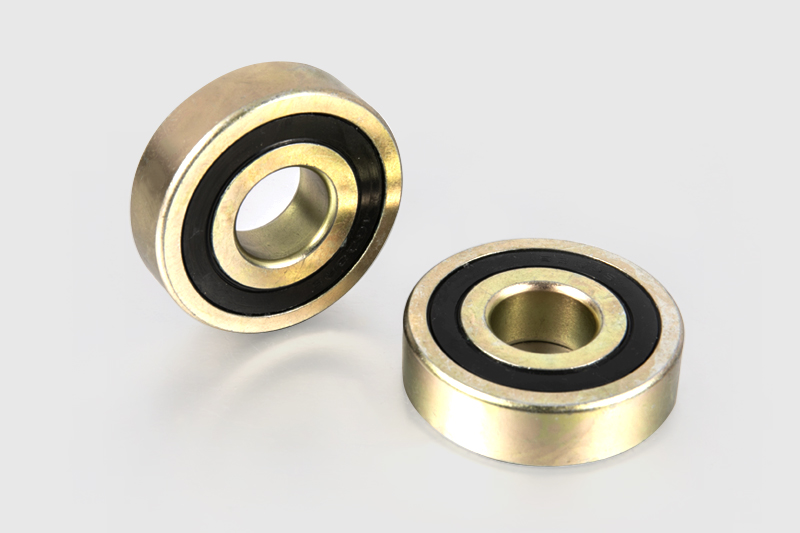1. Introduction to thrust cylindrical roller bearings
Thrust cylindrical roller bearings are a type of bearing specially designed to carry axial loads. Its design principle is based on the concept of rolling friction, which supports and transmits axial loads through the contact between rolling rollers and inner and outer raceways. The relative displacement between the inner and outer rings of thrust cylindrical roller bearings can be very small, so it has high axial stiffness and low radial stiffness. The internal structure of thrust cylindrical roller bearings usually includes inner rings, outer rings, rollers, cages and other components. The roller is the main load-bearing component in the bearing. Its cylindrical shape enables the axial load to be effectively dispersed and transmitted, thereby ensuring the stable operation and long-term use of the bearing.
2. Design principles and features
Cylindrical roller design: Thrust cylindrical roller bearings adopt a cylindrical roller design. Compared with spherical roller bearings, cylindrical rollers can withstand greater axial loads. In addition, the contact area between the cylindrical roller and the raceway is relatively large, which can disperse the load, reduce stress and extend the service life of the bearing.
High load-bearing capacity: Thrust cylindrical roller bearings can withstand large axial loads and are widely used in many industrial fields. Its superior load-bearing capacity makes it useful in equipment and machinery that need to withstand high loads.
Low friction coefficient: The contact area between the cylindrical roller and the raceway is large, and the friction coefficient is relatively low, which helps to reduce friction loss and energy consumption and improve the efficiency of the bearing.
Simple installation and maintenance: The structure of thrust cylindrical roller bearings is relatively simple, easy to install and maintain, does not require complex lubrication systems, and reduces maintenance costs.
3. Application areas
Thrust cylindrical roller bearings are widely used in various industrial equipment and machinery, including but not limited to:
Heavy mechanical equipment: such as metallurgical equipment, mining equipment, presses, etc. These equipment usually need to bear a large amount of axial load. Thrust cylindrical roller bearings can support the operation of the equipment stably and reliably.
Ships and Marine Engineering: Thrust cylindrical roller bearings have good corrosion resistance and wear resistance and can withstand axial loads under harsh conditions in marine environments, such as ship propulsion systems and hoisting equipment on offshore platforms.
Wind power equipment: The main bearings in wind turbines usually need to bear huge axial and radial loads. Thrust cylindrical roller bearings can provide reliable support during the operation of wind turbines.
4. Future development trends
In the future, thrust cylindrical roller bearings may develop in the direction of higher load carrying capacity, lower friction coefficient and longer service life. With the continuous advancement of material science, lubrication technology and manufacturing processes, the performance and reliability of thrust cylindrical roller bearings will be further improved. At the same time, the application of digital technology will make the monitoring, prediction and maintenance of bearing equipment more intelligent and efficient, thus improving the reliability and operating efficiency of the equipment. As an important industrial component, thrust cylindrical roller bearings will continue to play an important role in various fields, and with the continuous innovation and advancement of technology, they will provide more reliable and efficient support for industrial production and equipment operation.
Thrust hard cylindrical roller bearings
Thrust cylindrical roller bearings are designed to accommodate heavy axial loads and impact loads.They must not be subjected to any radial load. The bearings are very stiff and require little axial space.






